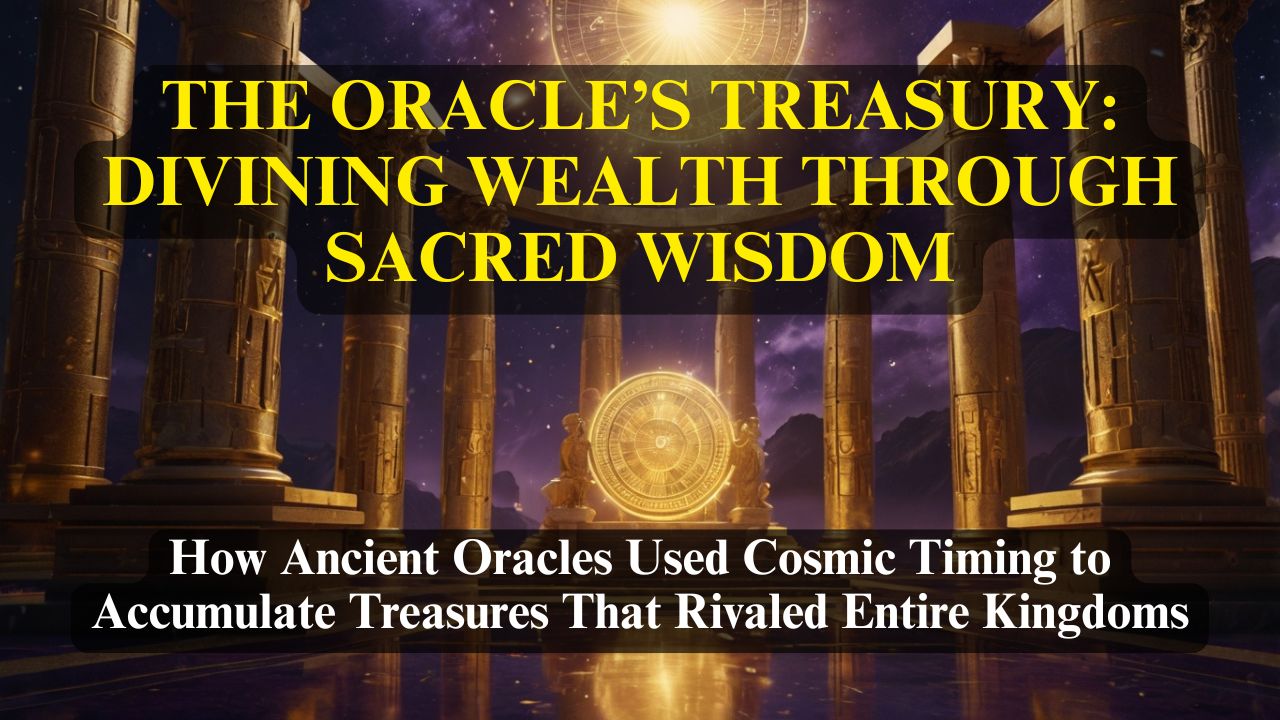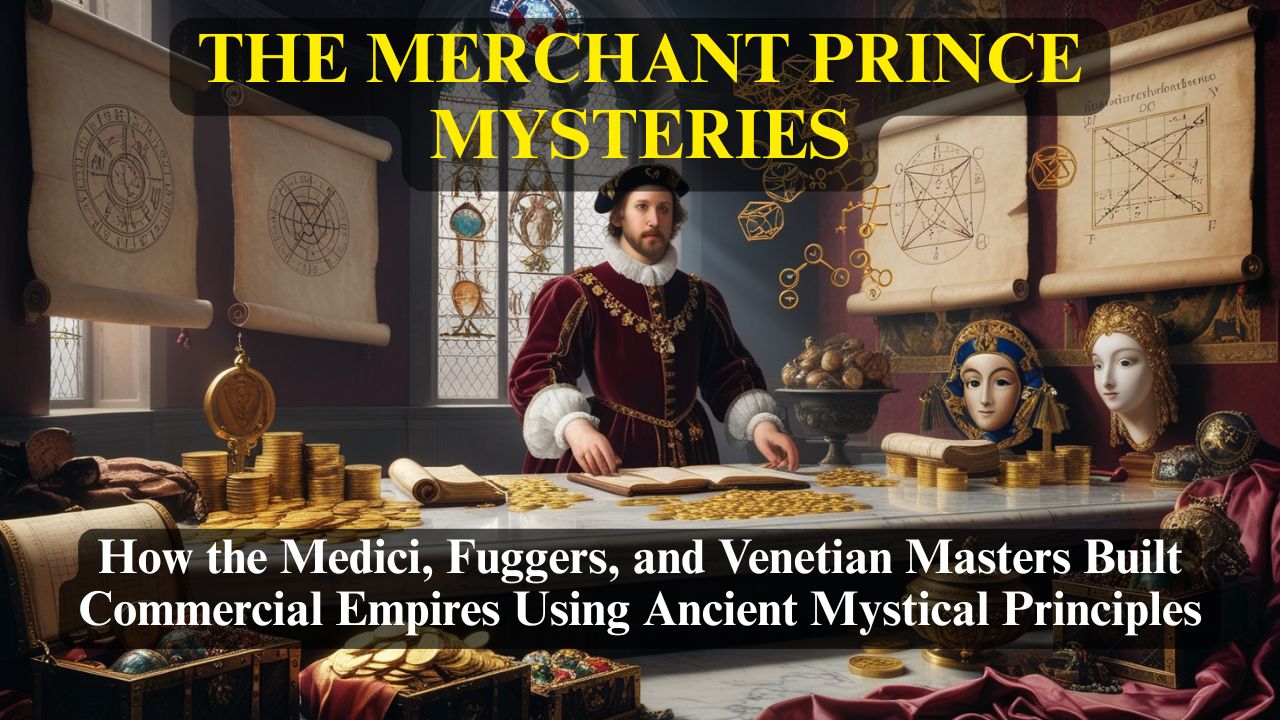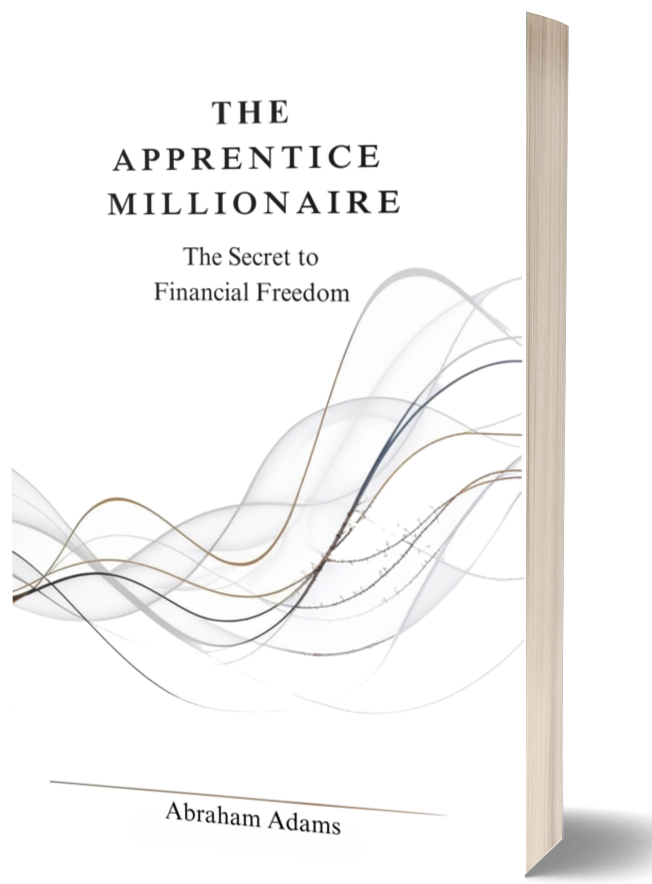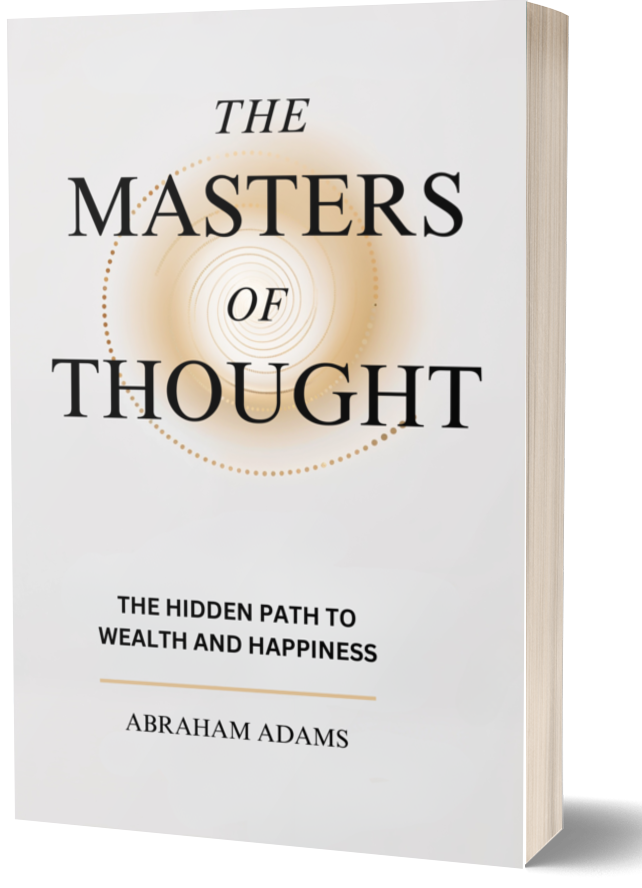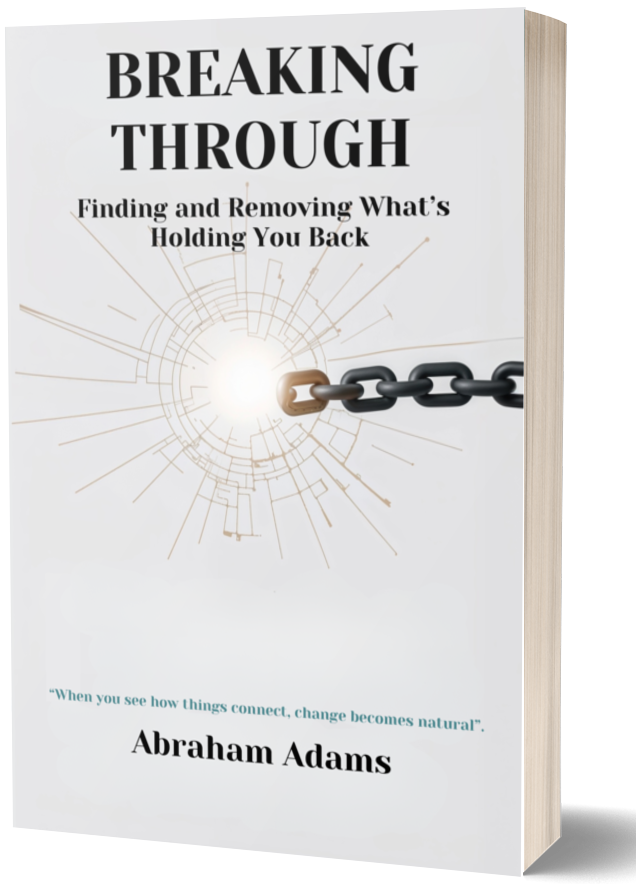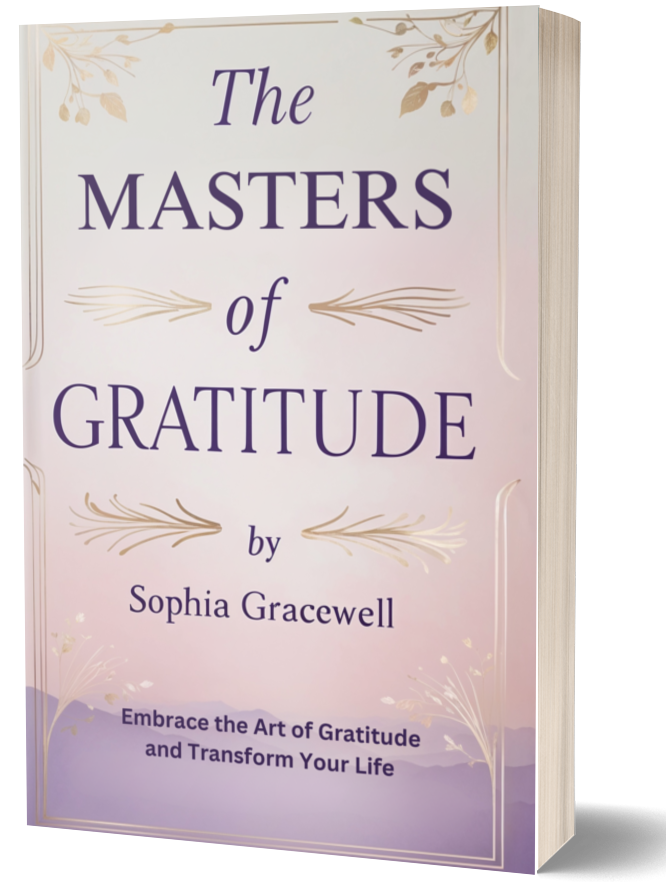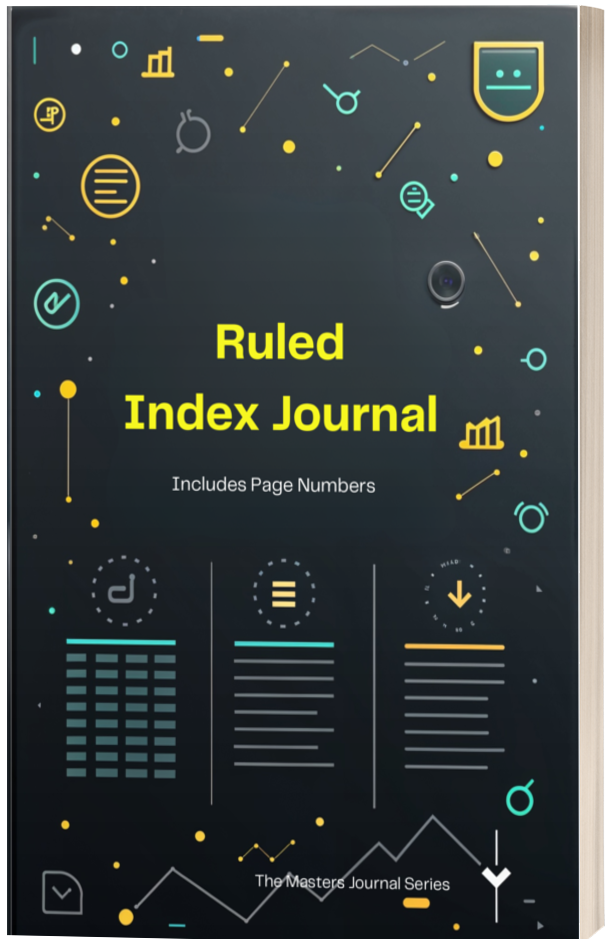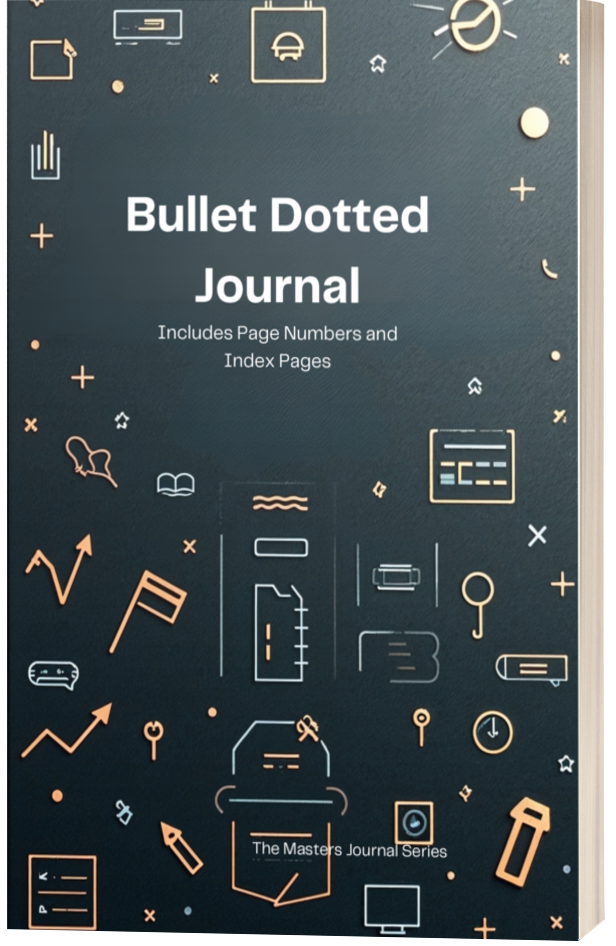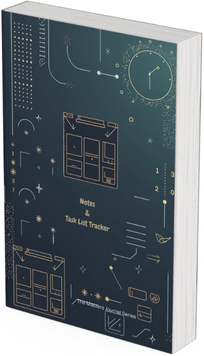The Secret Book of Prosperity
Hidden within the stone walls of forgotten monasteries and sealed beneath the flagstones of ancient guild halls lie the most closely guarded secrets of material abundance. These are not mere accounting ledgers or trade agreements, but sacred texts that reveal the mystical mechanics of wealth creation—knowledge so powerful it was deemed too dangerous for common minds.
The Venetian Cipher 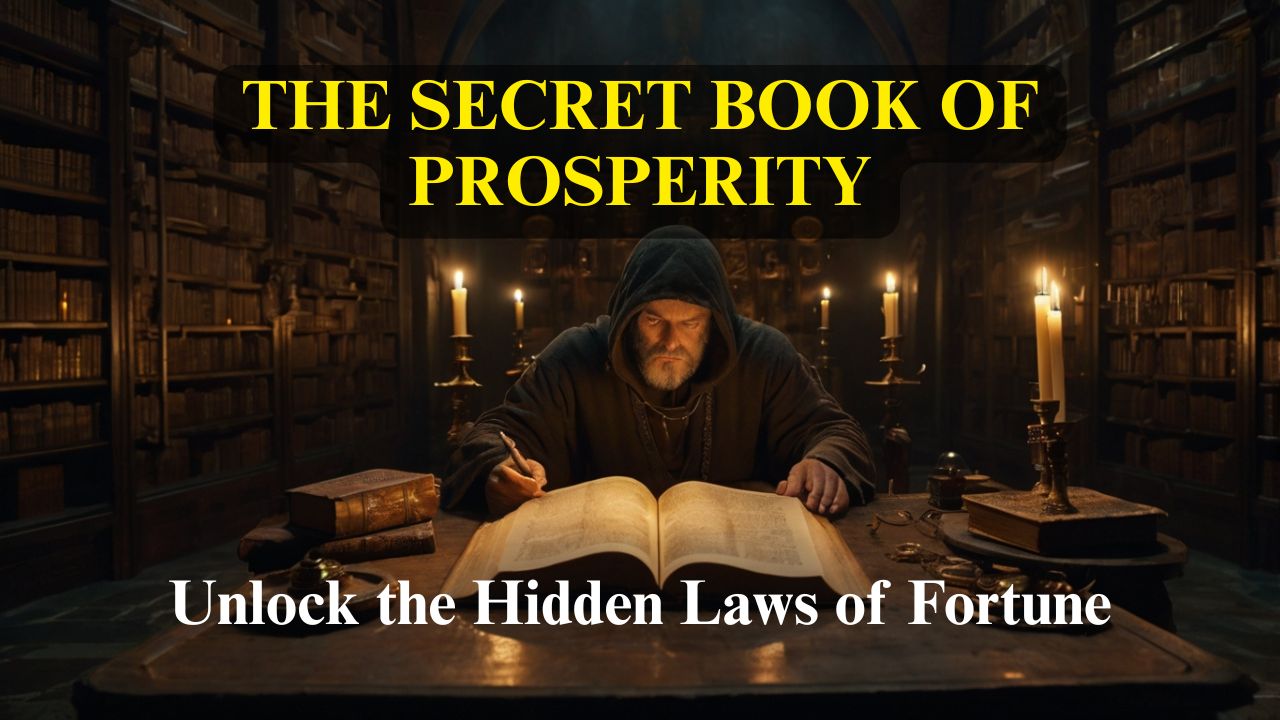
In the shadowed archives of the Doge's Palace, beneath layers of maritime dust and diplomatic silence, once lay the Libro d'Oro Mercantile—the Golden Book of Commerce. This was no ordinary merchant's handbook, but a mystical codex that revealed how the Republic of Venice commanded the trade routes of the known world for over a millennium.
The book contained more than shipping schedules and currency exchanges. Within its illuminated pages were encoded the sacred mathematics of market manipulation, the celestial timing of trade ventures, and the alchemical formulas for transmuting copper coins into ducats of gold. Each page was written in a cipher known only to the inner circle of the Merchant Council, passed down through generations like a religious sacrament.
Marco Polo's family, the merchant princes who opened the Silk Road to European eyes, possessed fragments of this knowledge. Their wealth came not merely from brave exploration, but from understanding the mystical correspondences between earthly commerce and cosmic law. They knew which phases of the moon favored negotiation, which planetary conjunctions blessed new ventures, and how to read the subtle energies that flow between human desire and material manifestation.
The Templar Treasury Scrolls
When the Knights Templar were dissolved in 1307, their vast banking network—which had financed kings and funded crusades—vanished as if by sorcery. But the true treasure was never their gold; it was their Codex Thesauri, the Treasury Codex, which contained the mystical principles that had allowed a military order to become Europe's first international banking system.
These scrolls, written in a combination of Latin, Hebrew, and ancient symbols derived from Solomon's Temple, revealed that the Templars understood money as a form of crystallized spiritual energy. They practiced what they called "sacred usury"—the art of making money multiply through alignment with divine will rather than mere calculation.
The Codex spoke of the "Seven Seals of Abundance," mystical states of consciousness that, when properly activated, would cause wealth to flow toward the practitioner like iron filings to a lodestone. Each seal corresponded to a different aspect of material manifestation: Vision, Faith, Action, Patience, Gratitude, Circulation, and Transcendence.
Jacques de Molay, the last Grand Master, was said to have concealed the most potent sections of the Codex before his execution. Legend holds that these pages were smuggled to Scotland, where they became the foundation for certain secret societies that would later influence the banking houses of London and Amsterdam.
The Guild Master's Grimoire
Throughout medieval Europe, the most successful craft guilds possessed what they called Libri Secretorum—Books of Secrets—that contained far more than trade techniques. These grimoires revealed the spiritual dimensions of commerce, teaching that true prosperity required mastery over both material and invisible forces.
The Medici banking family's rise to power was built upon such a text, inherited from Florentine wool merchants who had discovered the manuscript in the ruins of a Roman villa. This particular codex, known as the Mercurius Manuscript, taught that wealth was governed by the same principles that alchemists used to transmute base metals.
The manuscript revealed the doctrine of "Sympathetic Commerce"—the understanding that like attracts like in the realm of trade. A merchant who cultivated gold consciousness would naturally attract golden opportunities. One who thought in terms of silver would find silver ventures. Those trapped in copper thinking would struggle with base transactions throughout their lives.
Giovanni di Bicci de' Medici, founder of the Medici banking dynasty, was initiated into these mysteries through his membership in a secret guild known as the Custodes Aurum—the Guardians of Gold. The guild met in hidden chambers beneath Florence's Ponte Vecchio, where they practiced ancient rituals designed to align their consciousness with the flow of universal abundance.
The Hanseatic Mysteries
The Hanseatic League, that powerful confederation of merchant cities that dominated Northern European trade for four centuries, operated according to principles encoded in a collection of texts known as the Codex Hanseaticus Occultus. These manuscripts, kept in the deepest vaults of Lübeck's Rathaus, contained the esoteric wisdom that allowed a loose alliance of trading cities to challenge the power of kings.
The Codex taught the doctrine of "Mercantile Magnetism"—the understanding that successful trade routes were not merely geographic, but represented channels of spiritual energy connecting regions of complementary need and abundance. The Hanseatic merchants learned to sense these invisible currents, establishing their trading posts at points where the spiritual and material commerce intersected most powerfully.
Bernt Notke, the merchant prince of Lübeck, was said to possess the most complete copy of the Codex. His vast shipping empire was built not on superior vessels or better maps, but on his ability to read the subtle signs that indicated when and where profitable ventures would manifest. He could sense the approach of favorable winds weeks before they filled his sails, and knew which ports would welcome his goods before his ships appeared on the horizon.
The Fugger Formulas
The House of Fugger, whose wealth at its peak exceeded that of entire kingdoms, possessed perhaps the most sophisticated understanding of mystical commerce ever recorded. Their private library in Augsburg contained a collection known as the Thesaurus Mysticus—the Mystical Treasury—which revealed the deepest secrets of abundance manifestation.
Jakob Fugger, called "the Rich," understood that true wealth creation required what the manuscripts termed "Temporal Alchemy"—the ability to perceive and manipulate the flow of opportunity through time. The Fugger formulas included precise calculations for when to buy, when to sell, when to lend, and when to call in debts, all based on the subtle rhythms that govern the expansion and contraction of material abundance.
The family's mining operations, which extracted silver from the mountains of Tyrol and Bohemia, were guided by principles that combined geology with astrology. They knew that certain celestial configurations would reveal the location of ore veins, and that mining commenced during specific lunar phases would yield greater treasures.
The Encrypted Wisdom
The Doctrine of Circulation: Wealth must flow to grow. Those who hoard create stagnation; those who circulate with wisdom create abundance. The texts described money as a form of spiritual blood that must move through the economic body to maintain its vitality.
The Law of Correspondence: The external financial realm mirrors internal spiritual states. Before gold can fill the coffers, golden consciousness must fill the mind.
The Principle of Sacred Timing: All material manifestation follows cosmic rhythms. The codices contained elaborate systems for determining the most auspicious moments for commercial ventures.
The Mystery of Magnetic Attraction: Like consciousness attracts like circumstances. The texts revealed visualization and ritual practices to align the merchant's awareness with higher levels of prosperity.
The Hidden Transmission
What made these texts truly forbidden was not their commercial value, but their revelation that material abundance is a spiritual discipline. They taught that wealth creation is a form of practical magic, requiring the same dedication and inner transformation demanded by any mystical path.
The merchant princes who possessed these codices understood themselves not as mere traders, but as economic magicians. Their counting houses were temples, their ledger books were sacred texts, and their commercial activities were forms of spiritual practice.
The Lost Knowledge
With the rise of mechanistic thinking and the decline of the guild system, these mystical approaches to commerce were gradually forgotten. The sacred dimension of wealth creation was dismissed as superstition, and business became purely material manipulation.
Yet fragments of this ancient wisdom survived—hidden in alchemical texts, secret societies, and private family papers. Some say these teachings still circulate among elite dynasties today.
The Eternal Principles
The forbidden codices revealed that prosperity consciousness is humanity’s natural inheritance. The rituals and codes were simply tools to awaken what already lies within.
The greatest secret was this: abundance does not come from capturing the external world—it is expressed from within.
Those who understand this approach commerce as a sacred art, wealth as a spiritual path, and prosperity as the outward reflection of inner mastery.
"Gold is tested by fire, brave men by adversity." – Seneca
- Watch The Video Transcripts For The Above Articles -->
- The Secret of the Ages 5 Videos







